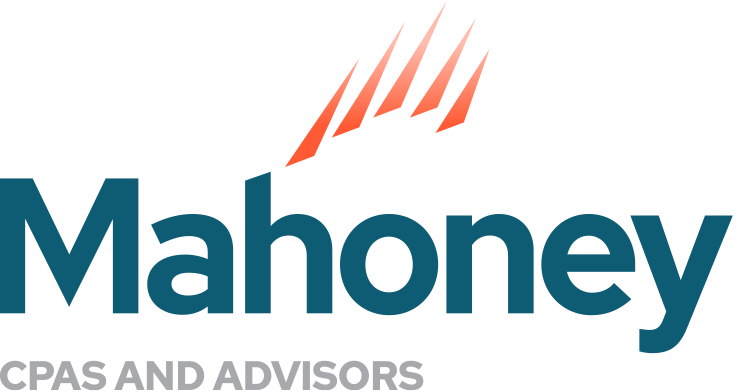
Best Practices for Nonprofits: Statement of Functional Expenses
Most of us are familiar with the statement “100% of nonprofit donations should go directly towards those in need.” From a donor’s perspective, that is an enviable goal. However, from an accounting perspective, we know 100% is not reasonable. Almost all nonprofits have overhead and all are required to classify how they spend their resources. So what is the best practice for a nonprofit to present an accurate measure?
Following FASB’s Established Guidance
To help clarify, in August 2016 the Financial Accounting Standards Board, (FASB) released guidance known as ASU 2016-14 – Not-for-Profit Entities (Topic 958): Presentation of Financial Statements of Not-for-Profit Entities. Within this update, nonprofits are required to present an analysis of operating expenses based on nature and function in one location. In other words, organizations must disclose how resources were spent and for what purpose. It is important to understand the difference between nature and function:
- Nature – Expense accounts listed by natural classification, or depending on materiality, can be grouped with similar accounts. Example: water, electric, and gas grouped as “Utilities.” The level of detail in your groupings can be tailored for users of the financial statements and brevity
- Function – Commonly separated by program services and supporting services. Within those categories, program services can range from one program to many. And supporting services are non-programming services like management & general, fundraising, and less commonly, membership development.
Although this analysis can be presented on the statement of activities, a separate statement, or in the notes to financial statements, nonprofits with multiple programs benefit from presenting a separate statement for effectiveness. Nonprofits required to file the annual Form 990 can also use this to fill out the statement of functional expenses section required by the IRS (keep in mind tax requirements can be different from financial reporting discussed in this post).
Understanding Functional Classifications
The tricky part about completing the statement of functional expenses can arise from functional classifications and allocations. Not-for-profit accounting should always be considerate of the following:
- Program Services – Activities that advance your nonprofit towards fulfilling its mission. It’s important to think carefully about which activities best describe your organization and disaggregate these into major programs. In the statement of functional expenses, separate programs have its own column and lists direct or supervisory costs incurred. It’s intuitive to think that all program expenses should be costed accordingly. But some expenses, like legal, audit and accounting fees, should be classified as management & general under GAAP since it can be argued that these services benefit the entire organization and not just a particular program
- Management & general – Expenses not identified with a particular program. Examples: overhead expenses, business management, and general recordkeeping
- Fundraising – Expenses incurred to solicit or raise contributions. Examples: fundraising campaigns, maintaining donor databases, and special events
- Membership development – Expenses solicited for prospective members, membership dues, and member relations. These expenses must include significant exchange components
- Allocation – There are some expenses that are cross-functional and need to be allocated. For example, if an executive director spends 15% of her time on fundraising and 85% on administration, her salary and related payroll expenses must be allocated. This percentage may be determined by time-reports or professional time-studies. Other acceptable methods of determining allocation includes full-time equivalency, square footage, or reasonable estimates. The allocation method should be consistent, reasonable, and reviewed annually for relevancy. ASU 2016-14 requires disclosure on the method used to allocate expenses.
Above all, Clarity Matters
An efficient statement of functional expenses should be concise and clear, so aim for consolidating appropriately. As a tip, include percentages at the bottom of the statement. This will allow readers to quickly review allocation of functional expenses as a percent of total expense.
Conclusion
So, does 100% of a nonprofit donation go directly towards those in need? It’s very unlikely that 100% is allocated to program services, but there are cases where a small portion is necessarily allocated to supporting services. Either way, providing donors with transparency to drill down on the impact of their donation helps them make an informed decision.
For additional considerations, please contact the Assurance Solutions Team at Mahoney to be of help to you in any way.
ADDRESS
10 River Park Plaza, Suite 800
Saint Paul, MN 55107
(651) 227.6695
Fax: (651) 227.9796
info@mahoneycpa.com
© 2024 Mahoney | Privacy Policy
Mahoney Ulbrich Christiansen & Russ, PA



